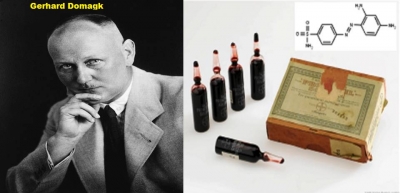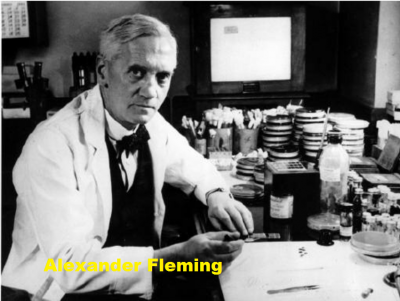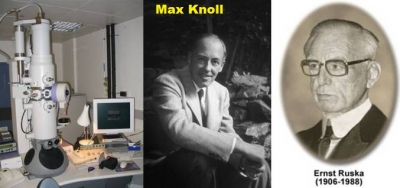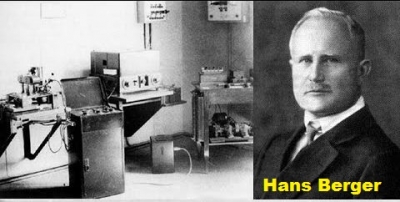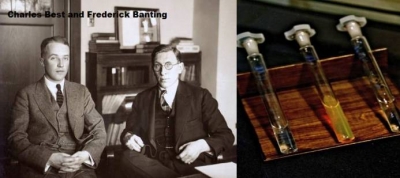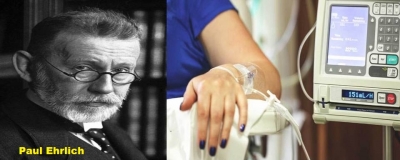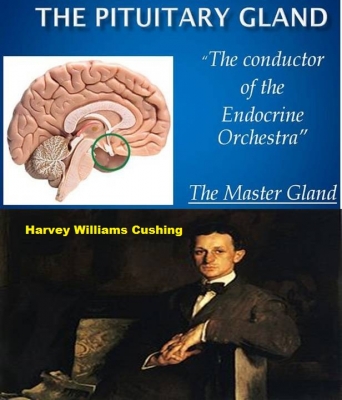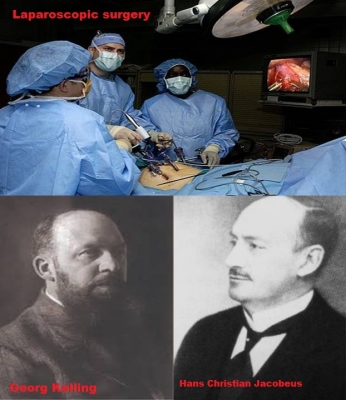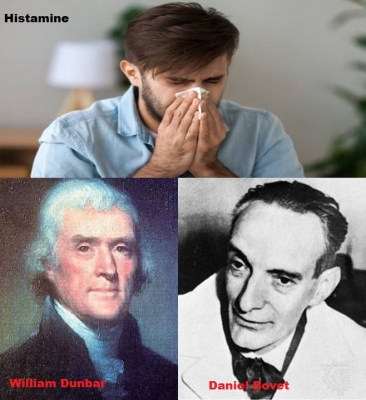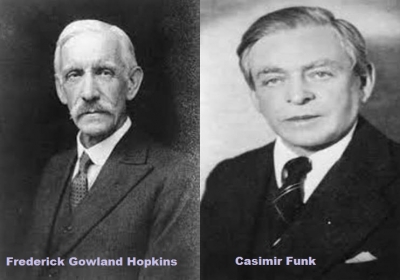Why is the first open heart surgery a milestone in medical science?
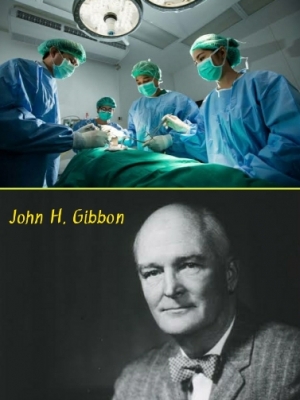
Open heart surgery is any type of surgery that involves the surgeon making an incision into the heart or the use of a heart-lung machine.
The first successful open-heart surgery was performed by Dr John H. Gibbon in 1953. This surgery was carried out with the help of a heart-lung machine which took over the functions of the heart and the lungs, allowing Gibbon to operate on the heart.
The heart-lung machine, also known as the cardiopulmonary bypass pump, allows the blood to bypass the heart while the surgeon works on the heart. It draws blood from a patient just before it reaches the heart, adds oxygen to it and pumps it around the body, so that all organs receive oxygen.
This medical marvel was the result of 23 years of painstaking and meticulous research and experimentation conducted by Gibbon. He began work on this machine in 1931, after losing a patient during a cardiac surgery. He was convinced that the patient could have survived if there was a way to maintain the blood circulation during the operation. He carried out experiments on animals and over the years perfected the heart-lung machine.
The world owes Gibbon an enormous debt of gratitude for his persistence in developing the artificial pump. Today, open heart surgeries are much less risky because of him.
Picture Credit : Google
